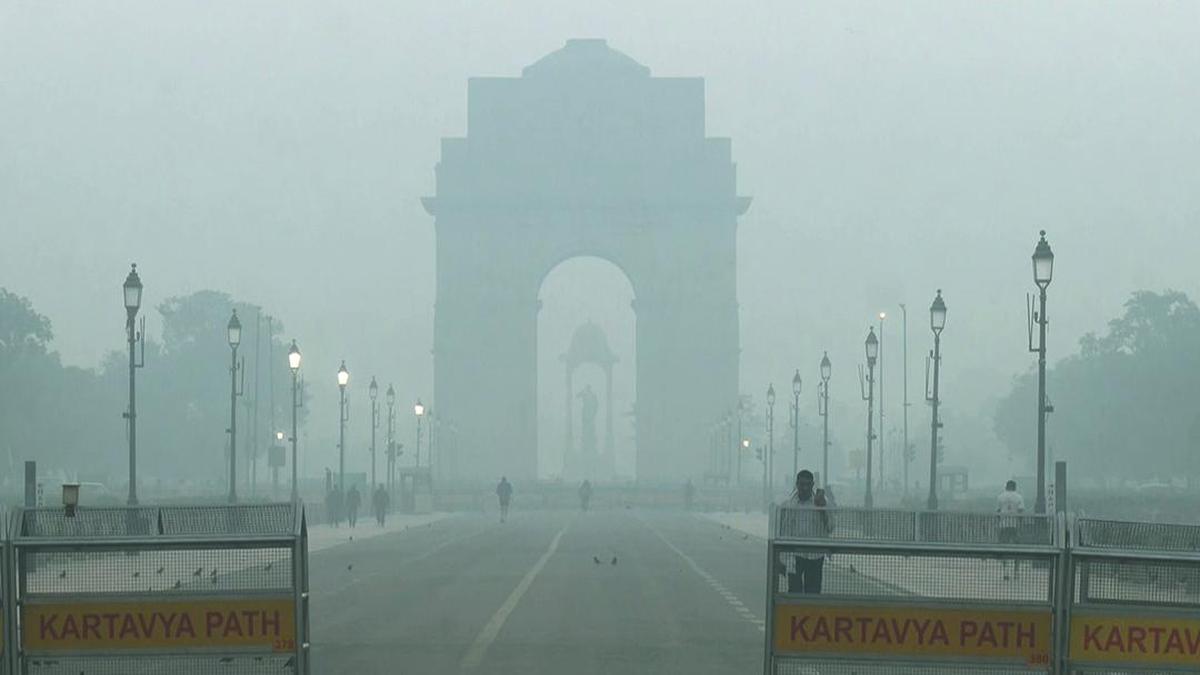Views
25

The tiger is no doubt one of the worlds mostfascinating and majestic animals, but for this big cat to survive for many morefuture generations, humans must make an intentional effort to help them survive.The population of this magnificent species is currently under intense threat asa result of poaching, habitat loss and various other human-related factors.
AnEssential Apex Predator
According to the Periyar Tiger Reserve’s official website, because tigers sit at the very top of the food chain in their natural habitats, they are vital to the health of entire ecosystems. One example of this is the prey that tigers eat without tigers, groups of herbivore species such as wild deer could populate out of control, and in turn, eat much more vegetation than usual and destroy the homes of smaller creatures that live in the forest. By protecting tigers, we are also preserving local plants and the other animals and insects dwelling in the same ecosystems.
AHistory of Tiger Protection in India
Thanks to Indias extensive conservation efforts, hope remains for the mighty tiger. India boasts the highest population of tigers in the world and has a variety of initiatives in place to protect them. Tiger conservation efforts in the country began in 1973 with the launch of the Project Tiger by National Tiger Conservation Authority, which remains one of the countrys main environmental initiatives. The goal of this project has been to facilitate the breeding of tigers in a safe, controlled environment and then to move the tigers further afield to increase their wild population. India currently has 49 dedicated reserves governed under Project Tiger.
While poaching remains a continual threat, Indias conservation efforts have had an undeniably positive effect on the tiger population. As a result of Project Tigers efforts, the population of the precious Bengal Tiger grew from about 1,200 tigers in 1973, to more than 3,500 in 2007. Indias tiger conservation project has also established the Tiger Protection Force, which aims to catch poachers and prevent the killing of tigers. To

GrowTrees and Tiger Conservation
The organization Grow-Trees has played an important role in protecting Indias wildlife and human communities. Grow-Trees has since undertaken four tree-growing projects to protect the tiger population, rural communities and other wildlife.
The project at Kanha National Park which contains one of Indias largest tiger populations has completed its goal to grow 100,000 trees at the periphery of the park. These trees reduce the need for villagers to visit the core of the park for tree resources, with the aim to decrease man-animal conflict.
The Grow-Treesproject at the Kanha Pench corridor has also been successfully completed, with an impressive 200,000 trees grown atthe 80km long corridor. Like the Kanha project, these trees will providevaluable resources to local communities. The corridor is recognized as one ofIndias best wildlife corridors for encouraging animal movement.
The other project areas by including Sariska Tiger Reserve and Sundarbans National Park with 200,000 trees already planted in the periphery of Sariska Tiger Reserve, and close to 136,000 in Sundarbans National Park.
CurrentThreats to the Tiger Population
Conservationists continue to face several main challenges in the fight to keep tigers alive with poaching as one of the gravest threats. Even where hunting is illegal and punishable by massive fines and prison sentences, some poachers are willing to risk killing tigers for the lucrative black market that remains for tiger body parts, including their bones, skins, and teeth to be used for folk medicines, and as a way for rich people to flaunt their wealth.
One major initiative is raising awarenessamong fellow nature lovers around the world who may only see tigers inzoos. The WWF (World Wildlife Fund) haspartnered with Leonardo DiCaprio to tell more people about tigers and to raiseconservation funding for tigers so their population may be doubled by the year2022 the next Year of the Tiger in the Chinese zodiac.
Grow-Trees has ongoing plans to plant more trees, both to protect the endangered wildlife and to provide essential resources for the local tribal community. The aim is to build back a healthy tiger population, while also supporting humans who live in local areas in the process.
There are many ways you can help support tiger conservationists, from donating funds to volunteering to plant trees to simply spreading the word about how awesome tigers are and how desperately they are needed for their ecosystems and surrounding communities to survive. Join the fight today and help preserve these gorgeous big cats for hundreds of more generations to come.
A huge supporter of environmental care and sustainable living, Allison Hail has enjoyed working with multiple sites and blogs who try their best to create a happier, healthier planet. Discover more of Allisons work here.
Subscribe to our newsletter and recieve a selection of our cool articles every week.

When Mumbai’s Morning Haze No Longer Feels Like Home
Mumbai Weather Update: AQI Turns Severe as Thick Haze Persists, Free Press Journal (FPJ).
Nov 24, 2025

Delhi Is Gasping Again, And This Time, Even the Clouds Refused to Help
Delhi is choking again. AQI levels have slipped into the ‘severe’ zone, cloud seeding failed, and emergency measures barely make a dent. Because the city doesn’t need one-off fixes, it needs long-term healing. Trees remain the simplest, most effective answer. They absorb carbon, trap dust, cool the air, and act as natural lungs. If Delhi wants cleaner winters, it needs more green cover, not just temporary interventions. Clouds may not cooperate, but trees always will.
Nov 17, 2025
Copyrights @ 2025 All rights reserved by Pangea EcoNetAssets Pvt Ltd.